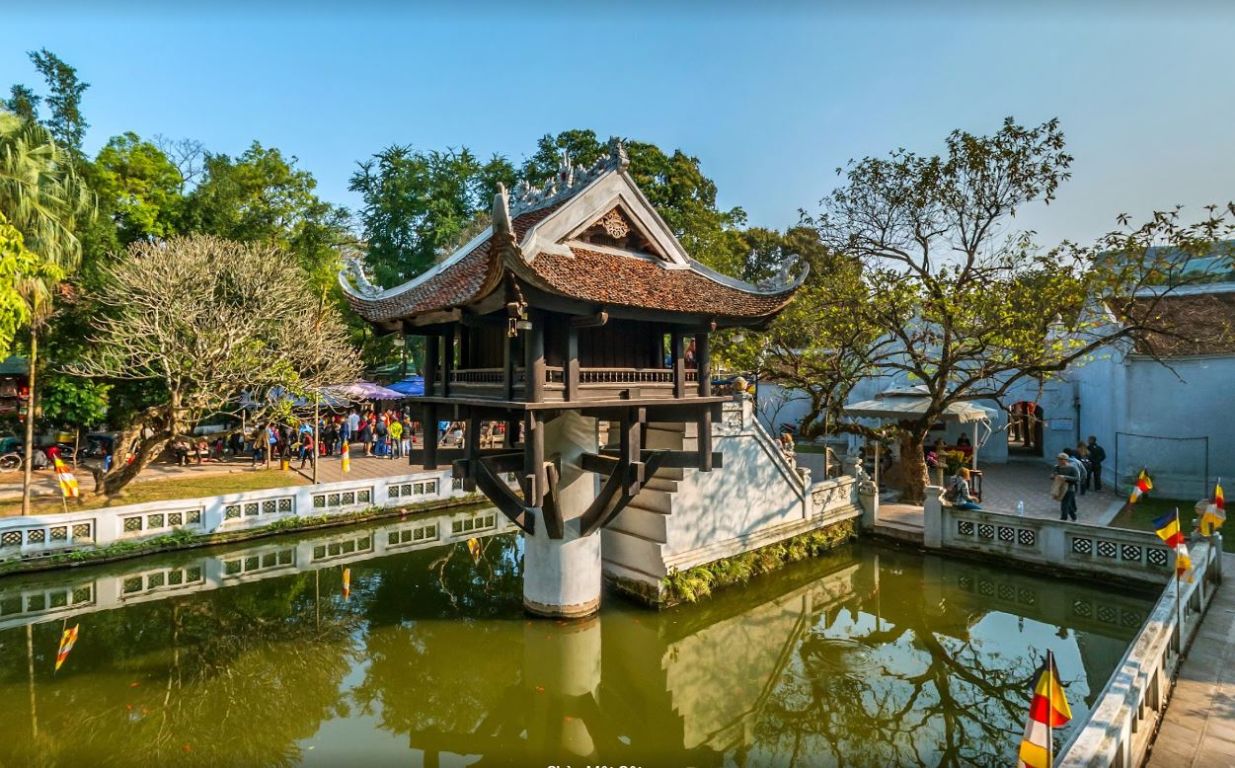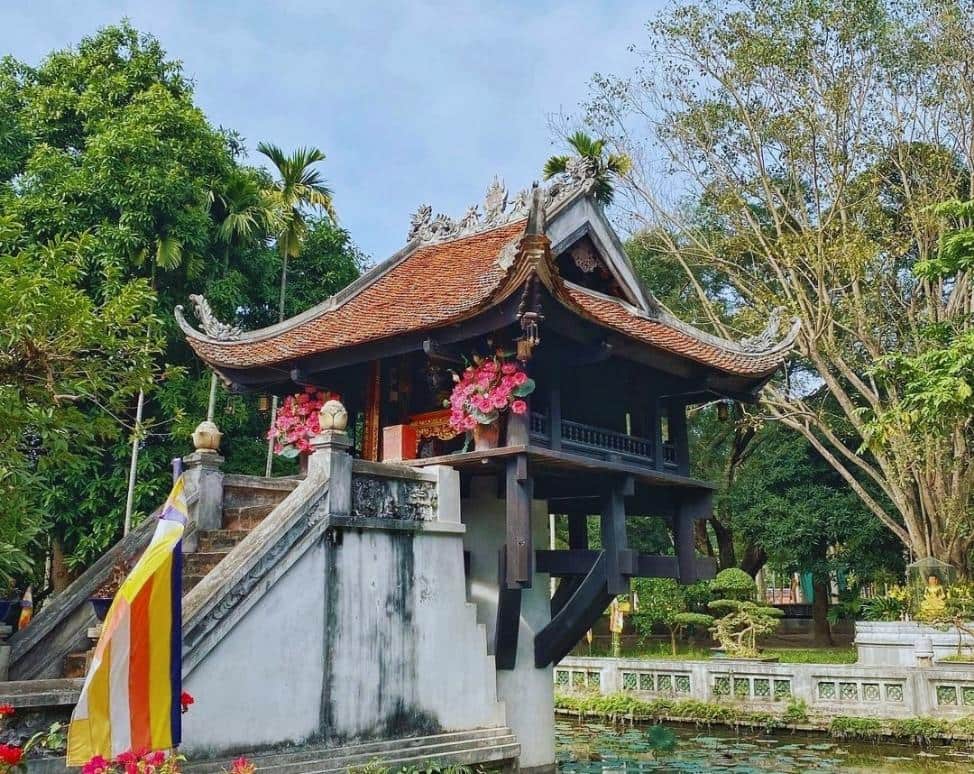Q: What is the One Pillar Pagoda?
A: The One Pillar Pagoda, also known as Chùa Một Cột in Vietnamese, is a historic Buddhist temple located in Hanoi, Vietnam. It is renowned for its unique architectural design and holds significant cultural and spiritual importance in the country.
--------
Q: Why is it called the "One Pillar" Pagoda?
A: The name "One Pillar" Pagoda comes from its distinctive architectural feature – a single stone pillar that supports the entire structure. The pagoda's design resembles a lotus blossom emerging from the water, symbolizing purity and enlightenment.
--------
Q: What is the historical significance of the One Pillar Pagoda?
A: The One Pillar Pagoda dates back to the 11th century during the reign of Emperor Ly Thai Tong. According to legend, the emperor dreamt of the Buddhist goddess of mercy, Quan Am, who handed him a baby boy while seated on a lotus flower. Inspired by this vision, the emperor ordered the construction of the pagoda as an offering and a place for prayer.
--------
Q: What can I expect to see inside the One Pillar Pagoda?
A: The interior of the One Pillar Pagoda features a small shrine dedicated to Quan Am, the goddess of mercy. Visitors can witness beautiful Buddhist statues, intricate wood carvings, and vibrant paintings that adorn the walls. The serene atmosphere encourages reflection and meditation.
--------
Q: Is the One Pillar Pagoda open to the public?
A: Yes, the One Pillar Pagoda is open to the public, allowing visitors to experience its cultural and historical significance. However, it's important to note that it is a religious site, so visitors should dress modestly and respectfully while visiting.
--------
Q: Are there any specific guidelines or customs to follow when visiting the One Pillar Pagoda?
A: When visiting the One Pillar Pagoda, it is customary to remove your shoes before entering the temple as a sign of respect. Additionally, visitors should dress appropriately, covering their shoulders and knees. Photography is usually permitted, but it's always polite to ask for permission before taking pictures of people or sacred objects.
--------
Q: Can I combine a visit to the One Pillar Pagoda with other attractions in Hanoi?
A: Absolutely! The One Pillar Pagoda is located within the larger complex of the Temple of Literature, a significant historical and educational site in Hanoi. You can easily explore both attractions in one visit, along with other nearby landmarks such as Ho Chi Minh Mausoleum, Hoan Kiem Lake, and the Old Quarter.
--------
Q: What is the best time to visit the One Pillar Pagoda?
A: The One Pillar Pagoda can be visited throughout the year, but it's advisable to check the local weather conditions before planning your trip. The spring and autumn seasons generally offer milder temperatures and more pleasant weather for exploration.
--------
Q: Are there any admission fees to enter the One Pillar Pagoda?
A: No, there is no admission fee to enter the One Pillar Pagoda. However, donations are appreciated to support the maintenance and preservation of the temple.
--------
Q: Is there any additional information or tips for visitors?
A: It's recommended to visit the One Pillar Pagoda early in the day to avoid crowds and make the most of your experience. Engaging a local guide or reading up on the temple's history beforehand can enhance your understanding and appreciation of its cultural significance. Lastly, be sure to respect the sacred nature of the site and the tranquility of those who come to worship.



